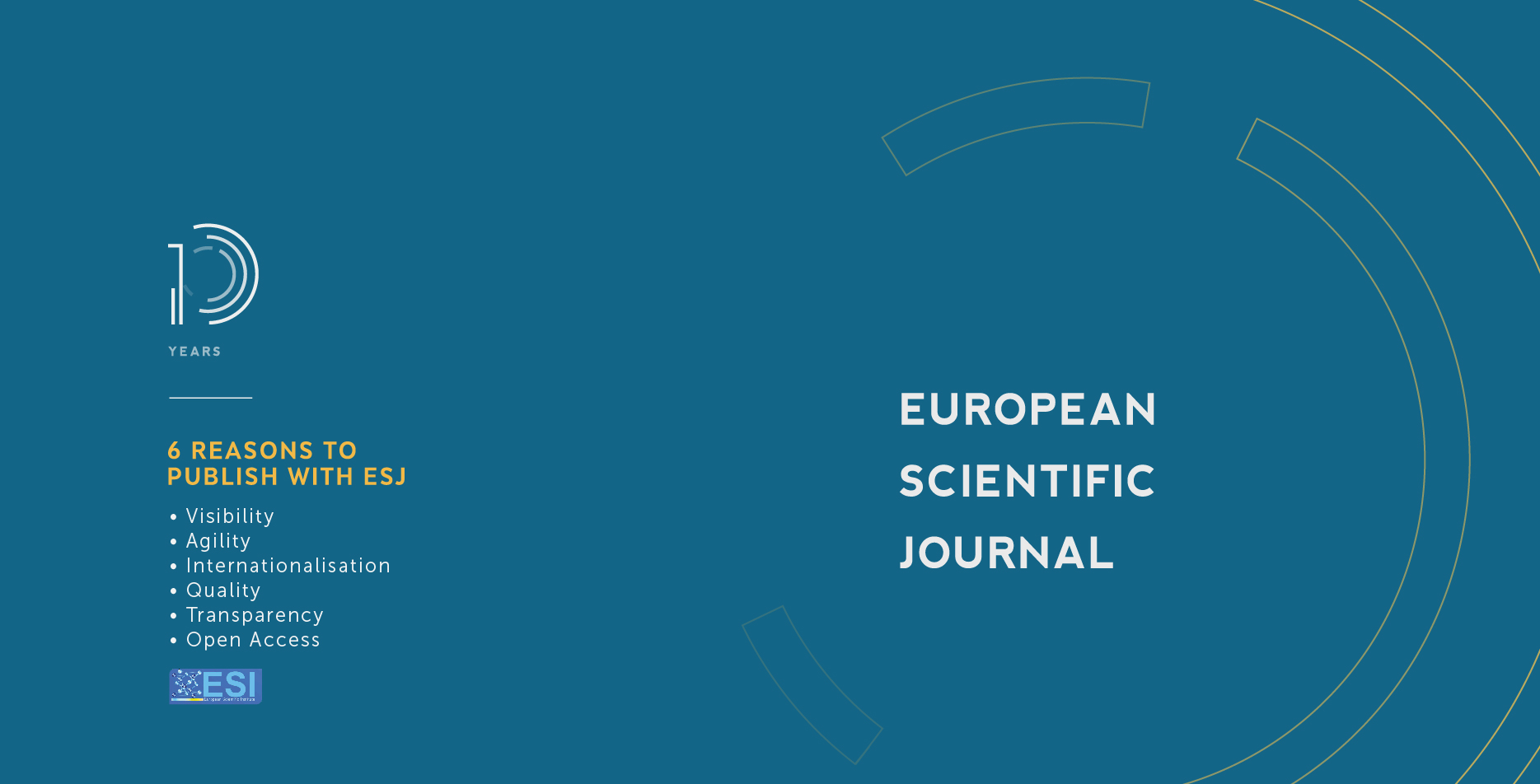Comparison of Government's Strategic Aims and Company Needs within the Hungarian Startup Ecosystem
Abstract
Startup companies are frequently perceived by the host state to be important actors who are increasing the economic competitiveness of the state's economy and its wider region. In response, states usually design assistance strategies to increase these startups' effectiveness. But credibly measuring whether these assistance strategies meet their stated goals is problematic, as there is a dearth/lack of suitable information related to startups to make the needed assessments. This paper aims to compare what Hungarian startup companies were struggling with and whether the Hungarian state's central entrepreneurial and innovation strategies intended to assist these startups were actually in alignment. The paper derives its data from the Hungarian Startup Report, the latest report from the Global Entrepreneurship Monitor, and relevant government strategies and uses content analysis to make its comparisons. The findings are categorized using Ben Spiegel's entrepreneurial attributes-based ecosystem model. Overall, the paper finds that many of the needs of the startups were addressed in government strategies at the abstract level on the cultural attribute side, but social and material attributes have mismatches and needed to be covered. This raises future questions on the effectiveness of the Hungarian government's startup assistance strategy and its implementation.
Downloads
Metrics
PlumX Statistics
References
2. 1858/2016. (XII. 27.) Government decree Digital Startup Strategy of Hungary.
3. 1627/2019. (XI. 8.) Government decree Strengthening of Hungarian Small and Medium-Sized Enterprise Strategy 2019-2030.
4. 1456/2021. (VII. 13.) Government decree Research, Development and Innovation Strategy 2021-2030.
5. Adner, R. (2006). Match Your Innovation Strategy to Your Innovation Ecosystem. Harvard Business Review. https://hbr.org/2006/04/match-your-innovation-strategy-to-your-innovation-ecosystem
6. Artifical Intelligence Coalition, Digital Success Program, Ministry for Innovation and Technology. (2020). Hungary's Artificial Intelligence Strategy (2020-2030). https://ai-hungary.com/files/e8/dd/e8dd79bd380a40c9890dd2fb01dd771b.pdf
7. Benoit, G., Doré, C. (2005). Measuring the impacts of science: Beyond the economic dimension. INRS Urbanisation, Culture et Société. HIST Lecture, Helsinki Institute for Science and Technology Studies, Helsinki, Finland.
8. Bush, Vannevar. (1945). Science the Endless Frontier. Ransactions of the Kansas Academy of Science. 48(3), 231-264.
9. Carayannis, E., Campbell, D. (2009). 'Mode 3' and 'Quadruple Helix': Toward a 21st century fractal innovation ecosystem. International Journal of Technology Management. 46(3/4), 201-234. DOI: 10.1504/IJTM.2009.023374
10. Csákné Filep, J., Radácsi , L., Tímár, G. (2020). A magyar startup-vállalkozások túlélését és növekedését befolyásoló tényezők. Szakértői interjúk tapasztalatai. Vezetéstudomány - Budapest Management Review. 51(1), 16-31. https://doi.org/10.14267/VEZTUD.2020.01.02
11. Dealroom Startup Database. (2022). Startupbase Hungary. https://startupbase-hungary.dealroom.co/
12. European Commission (EC). (2016). Peer Review of the Hungarian Research and Innovation system. Horizon 2020 Policy Support Facility. Brussels. DOI: 10.2777/236994
13. European Commission (EC). (2021). European Innovation Scoreboard 2021. Publications Office of the European Union, Luxembourg. DOI:10.2873/340166
14. Global Entrepreneurship Monitor. (2022). Global Entrepreneurship Monitor 2021/2022 Global Report: Opportunity Amid Disruption. London.
15. Granstrand, O., Holgersson, M. (2020). Innovation ecosystems: A conceptual review and a new definition. Technovation. 90-91. doi:https://doi.org/10.1016/j.technovation.2019.102098
16. Jacobides, M., Cennamo, C., Gawer, A. (2018). Towards a theory of ecosystems. Strategic Management Journal. 39(8), 2255-2276. doi:https://doi.org/10.1002/smj.2904
17. Jáki, E., Molnár, E., Kádár, B. (2019). Characteristics and challenges of the Hungarian startup ecosystem. Vezetéstudomány - Budapest Management Review. 50(5), 2-12. https://doi.org/10.14267/VEZTUD.2019.05.01
18. Kozma, A. (2022). Learning from incubating early stage startups in Hungary. Hungarian Startup Report 2021.
19. Lounsbury, M., Cornelissen, J., Granqvist, N., Grodal, S.(2019). Culture, innovation and entrepreneurship. Organization & Management. 21(1). https://doi.org/10.1080/14479338.2018.1537716
20. Marinova, D., Phillimore, J. (2003.). Models of Innovation. The International Handbook on Innovation, (ed. Shavinina, L.), Pergamon, Oxford. 44-53.
21. Ministry for National Economy. (2013). Runway Budapest 2.0.2.0 – A Startup Credo. Hungary.
22. Motoyama, Y., Knowlton, K. (2016). Examining the Connections within the Startup Ecosystem: A Case Study of St. Louis. Entrepreneurship Research Journal. 7(1). DOI: https://doi.org/10.1515/erj-2016-0011
23. Neuendorf, K. A. (2017). The Content Analysis Guidebook. 2nd edition. SAGE Publications. DOI: https://dx.doi.org/10.4135/9781071802878
24. Organisation for Economic Co-operation and Development (OECD). (2018). Oslo Manual 2018. Guidelines for Collecting, Reporting and Using Data on Innovation. 4th Edition. OECD Publishing, Paris, Eurostat, Luxembourg, https://doi.org/10.1787/9789264304604-en
25. Spigel, B. (2017). The Relational Organization of Entrepreneurial Ecosystems. Entrepreneurship Theory and Practice. 41(1), 49-72. doi:https://doi.org/10.1111/etap.12167
26. Startup Hungary (2021). Hungarian Startup Report 2020. https://www.startuphungary.io/
27. Startup Hungary (2022). Hungarian Startup Report 2021. https://www.startuphungary.io/
28. World Economic Forum (WEF). (2013). Entrepreneurial ecosystems around the globe and company growth. World Economic Forum, Geneva.
Copyright (c) 2022 Judit Szakos

This work is licensed under a Creative Commons Attribution-NonCommercial-NoDerivatives 4.0 International License.








